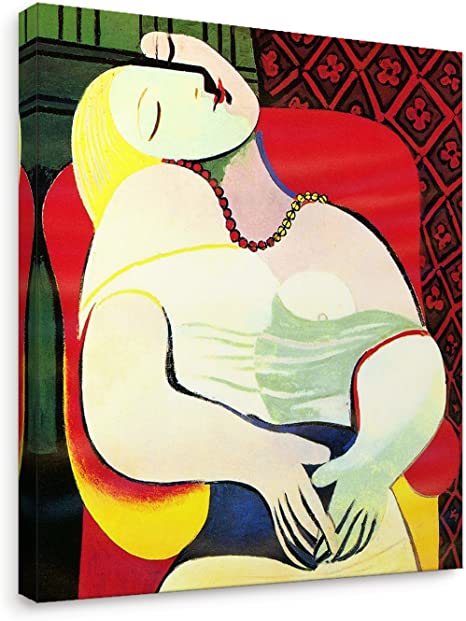Contenidos
General idea malba
malbamuseum en buenos aires, argentina
Comisariada por Agustín Pérez Rubio, la exposición recorre la trayectoria artística de Idea General, tocando temas como la arqueología, la historia, el sexo, la raza, la enfermedad, la autorrepresentación y el propio mito del grupo, tema recurrente de su producción. La exposición reúne más de 120 obras en todos los formatos, incluyendo la performance, el videoarte, la fotografía, las publicaciones, las instalaciones y las múltiples ediciones de objetos de consumo masivo.
Este proyecto pretende ampliar el horizonte de su legado, abarcando sus primeras piezas de colaboración en 1969 y 1970, y sus últimos trabajos en 1994, antes de la muerte de Partz y Zontal por enfermedades relacionadas con el sida. La muestra se centra en el concepto de la alteración del tiempo, lo efímero y la creación de un mito a través de la relación del Colectivo con la publicidad, el diseño, la moda, los concursos de belleza y los medios de comunicación.
Una de sus obras más conocidas es la edición de la revista FILE entre 1972 y 1989, una apropiación del diseño de la famosa revista LIFE que contó con la colaboración de algunos de los artistas más radicales de la época como “Art & Language”, el escritor William S. Burroughs y los grupos Talking Heads y The Residents, entre otros.
wikipedia
A large part of General Idea’s early projects in the early 1970s are linked to Mail Art. Although some of them were incipient developments, they had a concrete relationship to the relational dynamics surrounding epistolary communication: reading, reproducing, sending and telling.
Archaeology is very present in the work of General Idea, in the representation of the remains of the Miss General Idea Pavilion but also in Cave Canem: Calendar Wall Fragment from the 1984 Miss General Idea Pavilion.
Commissioned by Ontario’s OECATV network, the video Pilot (1977) was conceived and shot as a television special, using the conventions of the medium to create a deconstructivist simulacrum of popular culture.
neto plastic artist
This is the first retrospective exhibition in Latin America of General Idea. A collective of Canadian artists formed in 1969 by AA Bronson (b. Michael Tims, Vancouver, Canada, 1946), Felix Partz (b. Ronald Gabe, Winnipeg, Canada, 1945 – d. Toronto, 1994) and Jorge Zontal (b. Slobodan Saia-Levi, Parma, Italy, 1944 – d. Toronto, 1994).
The exhibition, curated by Agustín Pérez Rubio, MALBA’s Artistic Director, is a review of General Idea’s career and addresses themes such as archeology, history, sex, race, disease, self-representation and the myth of the group itself, a recurrent object of its production.
General Idea was one of the first collectives to incorporate the subject of AIDS into their work. In 1987 they took Robert Indiana’s LOVE and turned it into AIDS (the acronym for the virus) to create a logo that they used in many of their works in the exhibition.
As part of the exhibition, MALBA will publish a publication with essays by curator Agustín Pérez Rubio, Gabriel Villalobos, Francesco Scasciamacchia and Ivo Mesquita, which reviews the group’s production and aesthetics.
malba galleries
Curated by Agustín Pérez Rubio, artistic director of MALBA, the exhibition presents a review of General Idea’s production and addresses themes such as history, sex, race, disease and the self-representation of the group itself, a recurrent object of its production.
“From fragments of a society standardized by capitalism, General Idea builds an iconography full of glamour, subtle and hilarious irony, and plays at the creation of a time that dilates, goes forward and contracts, mutates, refers to the past that was impossible to inhabit or expresses itself in a future that disappeared long before it arrived.”
“Through systems of representation between reality and fiction, between the natural and the cultural, General Idea creates simulacra that constitute a real memory of the group itself and its different phases of work.”
General Idea held 123 solo exhibitions and participated in 150 group exhibitions internationally, including the Venice Biennale and Documenta in Kassel, among others. In Latin America they exhibited only in 1998 at the São Paulo Biennial.







